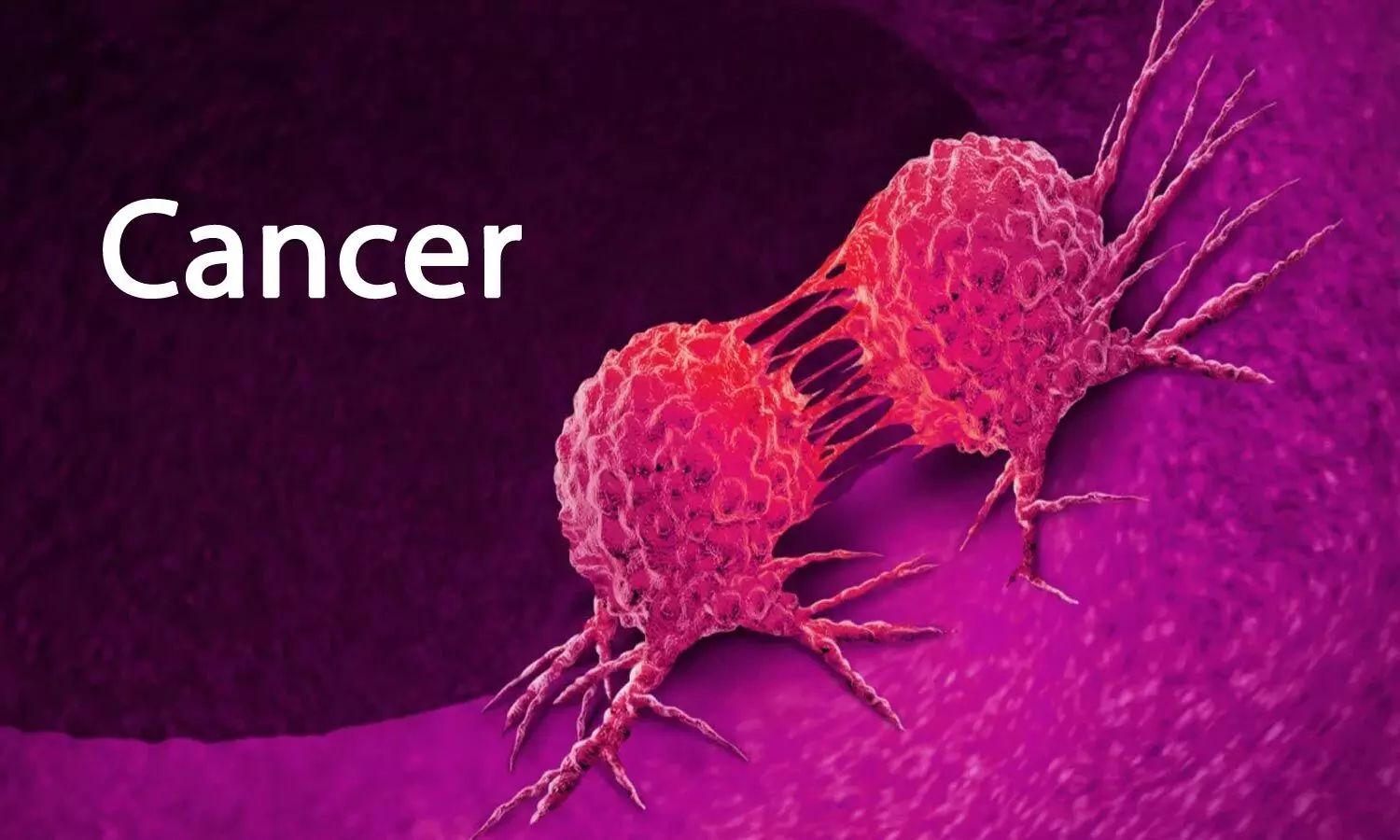By: Abrar Yousuf Mir
Cancer, a formidable adversary that knows no boundaries, poses a significant threat to the eastern states, particularly Mizoram, India, demanding comprehensive action. According to the World Health Organization (WHO), cancer’s diverse manifestations can emerge in any organ or tissue, marked by the unbridled growth of abnormal cells infiltrating adjacent regions or spreading to distant organs. Globally, it stands as the second leading cause of mortality, claiming one in every six lives in 2018. Men grapple with lung, prostate, colorectal, stomach, and liver cancers, while women face breast, colorectal, lung, cervical, and thyroid cancers. This pervasive disease spares no one, be they young or old, rich or poor.
In 2020, India ranked third globally in the surge of cancer cases, trailing behind China and the United States of America, as reported by the Global Cancer Observatory (GLOBOCAN). State Mizoram despite being the second-least populated in the country, has highest incidence rate of cancer. The eastern states of India paint a distressing picture of a surging cancer crisis, with Aizawl district in Mizoram leading the nation.
Among males, the startling probability of developing any cancer in a lifetime is 1 in 4, with incidence and mortality rates escalating among younger generations. Health experts attribute Mizoram’s persistent rise in cancer cases to static lifestyles and dietary patterns prevalent within endogamous tribal populations.
A study published in Lancet Regional Health suggests a potential genetic predisposition. The escalating mortality rates are exacerbated by a lack of specialized diagnostic facilities, skilled human resources, and transportation challenges.
Therefore, immediate action is imperative to dispel the growing shadow of cancer in Mizoram and nationwide. Crucially, increasing the number of public health clinics and hospitals is essential, along with equipping them with trained oncologists and state-of-the-art equipment. Reports highlight inadequacies in testing and diagnosis, emphasizing the need for easy access to specialized hospitals for timely detection and affordable treatment.
Given the often prohibitive costs and prolonged nature of cancer treatment, collaborative efforts between state and central governments are vital to establishing new state cancer institute’s and tertiary care hospitals.
As the highest tobacco-consuming state in India, Mizoram urgently requires awareness campaigns to educate the public about tobacco’s side effects and facilitate early detection. Every responsible citizen must contribute to curtailing the spread of this disease. Unhealthy dietary habits, such as the high consumption of smoked fish, fermented soybeans, and pork in Mizoram, have been linked by experts to the elevated cancer incidence. Substantial research into the incidence and treatment of the disease is imperative.
The battle against cancer is multifaceted and demands collaboration. In confronting the formidable challenge of escalating cancer cases in Mizoram, it is imperative for governments, healthcare professionals, researchers, and the community to unite in a concerted effort. The shadows cast by this relentless disease can only be dispelled through immediate and comprehensive action. Together, we can overcome the rising shadows and pave the way for a healthier future, not only in Mizoram but throughout the nation.





